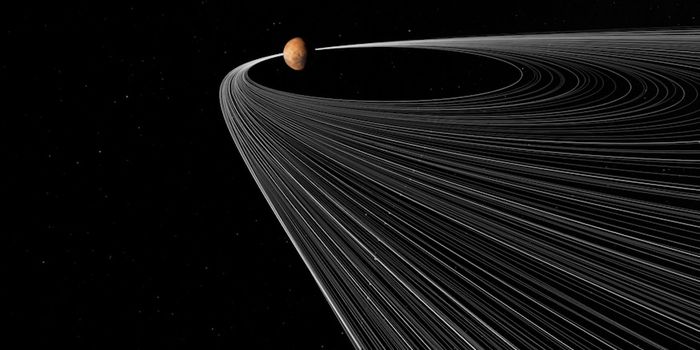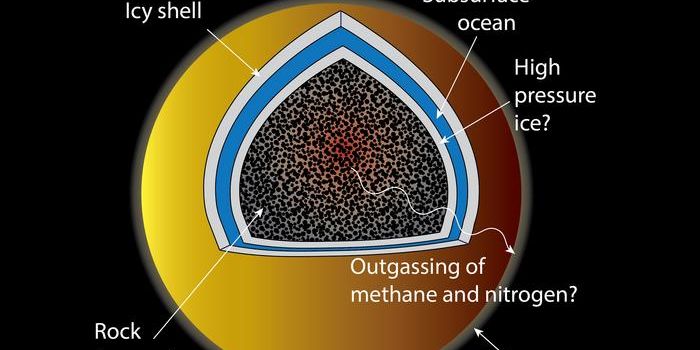Is Betelgeuse on the Verge of Going Supernova?
There’s been a lot of discussion happening as of late with respect to the Orion constellation’s red supergiant star Betelgeuse. Being one of the most distinguished stars in the entire universe apart from our own Sun, Betelgeuse once enjoyed being dubbed one of the largest stars ever discovered. But it was later dethroned by much larger stars such as Mu Cephei, VV Cephei A, and VY Canis Majoris, to name a few.
Image Credit: ALMA
More recently, however, Betelgeuse is making headlines for other reasons. This red supergiant is notorious for being one of the brightest stars in the night sky, and behind Rigel, it is the second-brightest star to exist in the Orion constellation. Flexes aside, astronomers now say that Betelgeuse is appearing especially faint in the night sky these days, and that it has faded by up to one full magnitude.
The findings are published in a December paper entitled “The Fainting of the Nearby Supergiant Betelgeuse,” and from what we can gather, this is perhaps the sharpest dip in brightness ever witnessed by astronomers in the past 50 years.
For what it’s worth, Betelgeuse is a variable star; this means that it’s not unusual for Betelgeuse to exhibit changes in magnitude. What has astronomers interested in particular is the sheer amount of magnitude drop-off witnessed in such a short period of time, something that some astronomers believe could be a sign of Betelgeuse nearing the end of its life.
Related: Astronomers say this star went supernova more than once
Betelgeuse is a relatively young star, but it’s also a red supergiant. While smaller stars like our Sun can persist for billions of years, the life cycles of red supergiant stars are substantially shorter because they burn through their fuel much faster – generally in as little as 10 million years. Betelgeuse is currently about nine million years old.
Some astronomers seem adamant that Betelgeuse is merely exhibiting one of its variable cycles, and if that’s the case, then its magnitude should bounce back by mid-January, give or take a small margin of error. But if they’re wrong, then there’s a very real possibility that Betelgeuse could be gearing up to go supernova.
Related: When can we expect another nearby supernova?
Betelgeuse resides around 600 light-years away from Earth, and with that in mind, we’re well out of the proposed ’50-light-year kill zone’ that otherwise defines nearby objects that would be fried by the event’s powerful radiation. That aside, if Betelgeuse did go supernova, then we’d be in for a tremendous sight once the light from the event reached Earth.
Most astronomers agree that it's improbable that Betelgeuse will go supernova in any of our lifetimes, and given the star’s current age, it seems more likely that it would happen within the next several hundred thousand years. That may seem like a long time to you and I, but that's just the blink of an eye in cosmic terms.
Then again, Betelgeuse sports a notable track record of surprises, and it should be particularly interesting to see if the star’s magnitude returns in the projected timeframe.
Source: Phys.org, Popular Science









